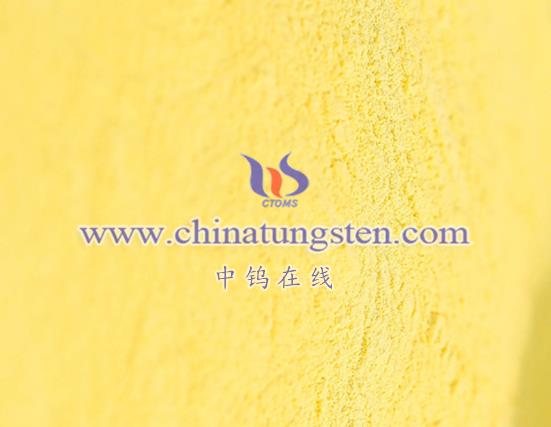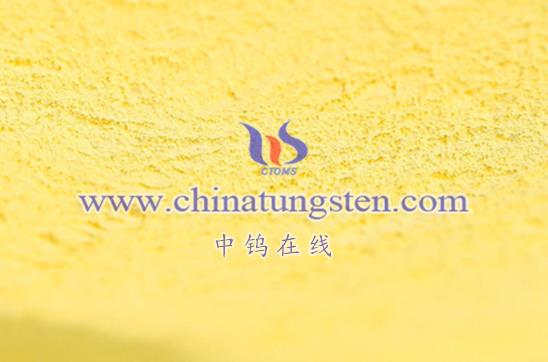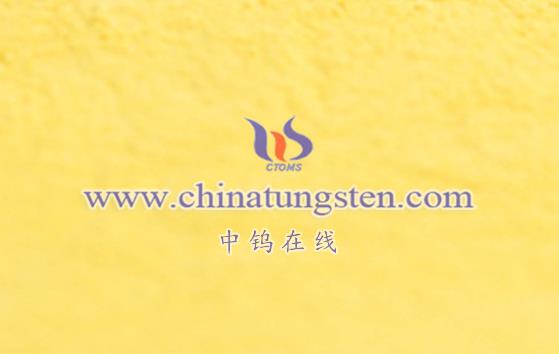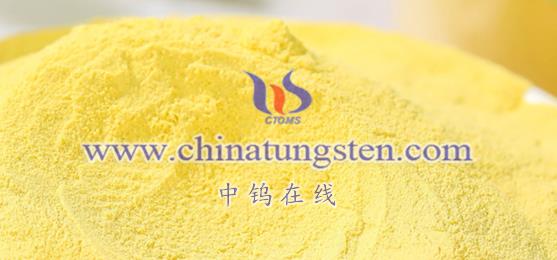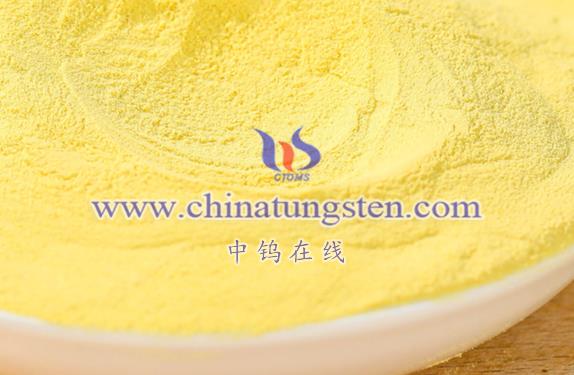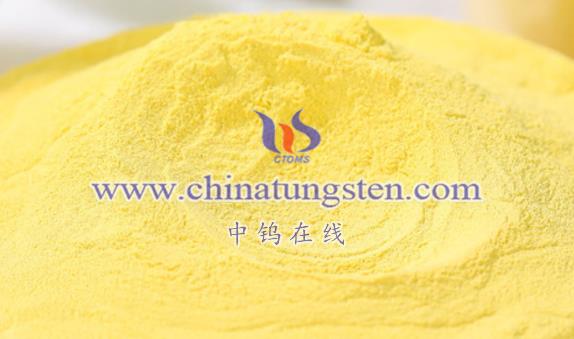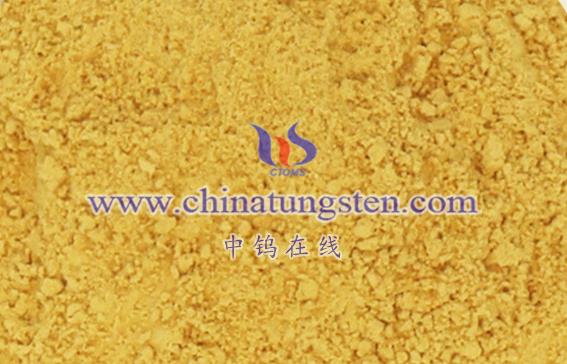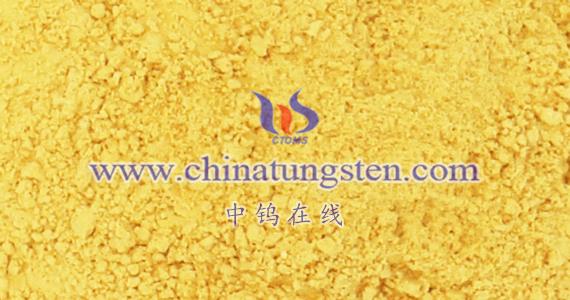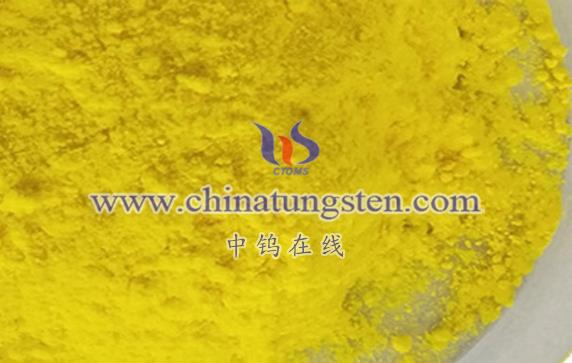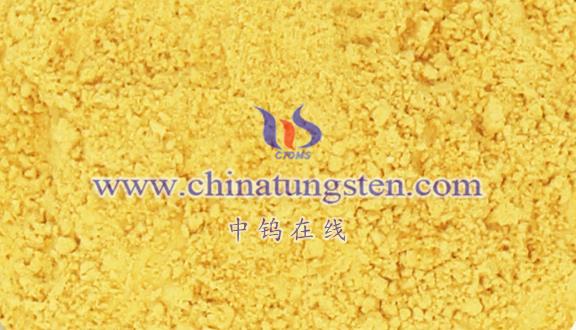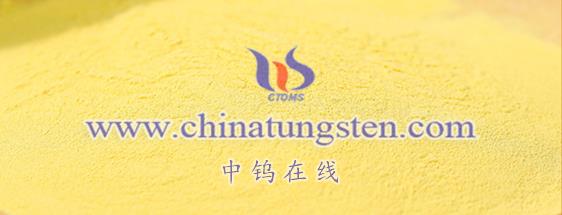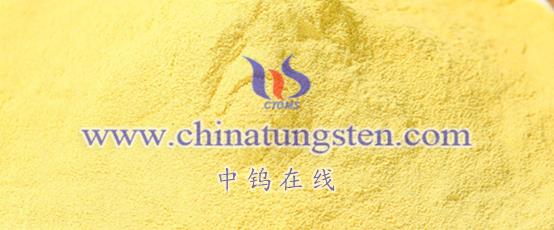
Tungsten trioxide (WO₃) nanowires are a unique N-type semiconductor material with diverse polymorphic structures, including a hexagonal phase. Below is a detailed overview of tungsten trioxide nanowires:
- Basic Properties of Tungsten Trioxide Nanowires
- Chemical Name: Tungsten Trioxide Nano Wires
- Chemical Formula: WO₃
- Appearance: Nanowire morphology, often light yellow in color
- Physical Properties:
- As an N-type semiconductor, tungsten trioxide nanowires exhibit a relatively narrow bandgap (approximately 2.6–2.7 eV).
- They demonstrate high solar absorption efficiency, making them suitable for light-related applications.
- Structural Features of Tungsten Trioxide Nanowires
WO₃ exhibits multiple polymorphic structures, such as monoclinic, orthorhombic, cubic, and hexagonal phases. Among these, hexagonal WO₃ nanowires have garnered significant interest due to their unique hexagonal channels. These channels can host a variety of metal ions, forming hexagonal tungsten bronze (MₓWO₃), where M=Li+,Na+,K+M = text{Li}^+, text{Na}^+, text{K}^+M=Li+,Na+,K+, etc. This structural characteristic imparts exceptional physical and chemical properties to the material.
- Applications of Tungsten Trioxide Nanowires
- Photocatalysis
- Tungsten trioxide nanowires excel in the photocatalytic degradation of pollutants in water, especially azo dyes.
- Their photocatalytic efficiency positions them as a promising N-type semiconductor photocatalyst, following titanium dioxide (TiO₂).
- Electrochromic, Photochromic, and Gasochromic Applications
- These nanowires exhibit excellent electrochromic, photochromic, and gasochromic properties, making them widely used in devices like smart windows and display technologies.
- Sensing Devices
- With outstanding photoelectric properties, tungsten trioxide nanowires are ideal for sensors.
- Applications include detecting environmental pollutants and harmful gases.
- Energy Storage and Conversion
- As an anode material in lithium-ion batteries, WO₃ nanowires offer high energy density and cycling stability, improving battery performance.
- Additional Applications
- Tungsten trioxide nanowires find use in photoelectrochemical devices and solar cells, showcasing immense potential for future technologies.
- Synthesis of Tungsten Trioxide Nanowires
Several methods are employed to synthesize tungsten trioxide nanowires, among which hydrothermal synthesis is the most common. By controlling reaction conditions (e.g., temperature, time, pH), nanowires with varying morphologies and dimensions can be produced. Other methods, such as sol-gel techniques and template methods, are also utilized for tailored synthesis.
Conclusion
Tungsten trioxide nanowires are a versatile N-type semiconductor material with remarkable properties and potential applications. Their unique hexagonal structure and exceptional photoelectric characteristics enable their use in diverse fields, including photocatalysis, chromic devices, sensors, and energy storage. With continued advancements in science and technology, the research and applications of tungsten trioxide nanowires are expected to expand further, driving innovation across multiple industries.
More details of tungsten oxide product, please visit website: tungsten-oxide.com
Please contact CHINATUNGSTEN for inquiry and order of tungsten oxide:
Email: sales@chinatungsten.com
Tel.: 86 592 5129595
